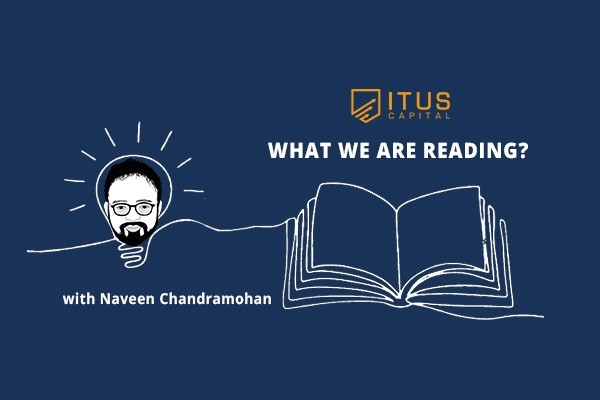
In today’s world, we’re trained to believe that more options equal more freedom, and more freedom, in turn, should lead to better outcomes. But is that always true?
Across domains, the presence of choices can either empower or paralyze us. In some instances, like picking what to eat for lunch, options provide variety, discovery and satisfaction. In others like investing, career growth, or health, too many options can lead to regret, restlessness, or inaction. This essay explores when choice is beneficial, when it’s not, and why understanding the cost of optionality is crucial to navigating complexity in our lives.
Where Options Help – The Domain of Instant Gratification
Food: A Case for Variety
In the world of food delivery apps, more options increase utility. The ability to explore new cuisines, personalize ingredients, or satisfy mood-driven cravings is a core feature. Apps like Swiggy, Zomato, or Uber Eats thrive because choice is the product.
Here, optionality satisfies an immediate desire. The feedback loop is tight — we choose, consume, and get results (taste/satiety) within minutes. In such domains, the cost of a wrong choice is negligible.
Psychological insight: According to Barry Schwartz in his book “The Paradox of Choice”, variety in low-stakes, reversible decisions improves satisfaction as long as the time cost of choosing doesn’t outweigh the reward.
Cars: Expression through Choice
The automobile market, especially in developed economies, is another area where choice helps. The consumer’s choice of engine type, colour, seating or add-ons is an expression of personal identity.
Manufacturers like BMW or Tesla offer thousands of SKUs. This variety doesn’t confuse customers; instead, it enables personalization and price tiering. Customers derive satisfaction from the ability to choose.
Again, this works because the reward cycle is quick because utility and identity are both immediate.
Where Options Hurt – The Domain of Long-Term Outcomes
Investing: Optionality Can Diminish Discipline
When it comes to investing, more options often lead to poorer outcomes. Platforms that give access to thousands of funds or daily portfolio reshuffling introduce choice fatigue, not better returns. The developed markets have shown that the cost of introducing more funds is marginally at zero to the Asset management company but has not led to a better investment experience (Today, the average investor in the US has their holding period at 0.9 years vs the same at 1.8 years ago. Similarly, the number of mutual fund schemes in the US has crossed the number of stocks today).
The very presence of choice gives the illusion of control, but it weakens conviction. Switching funds, timing sectors, or reacting to short-term volatility often subtracts alpha.
Studies like “Trading is Hazardous to Your Wealth” (Odean & Barber, 2000) show that individual investors who trade more (exercising “choice”) tend to underperform those who do not.
Health & Fitness: The Burden of Self-Design
Modern fitness apps give users control over everything such as diet plans, rest days, workout splits and fasting windows. But ironically, too much control often reduces compliance.
Contrast this with regimented systems (e.g., military training or traditional martial arts). These systems reduce choice and increase long-term adherence.
Here, limiting options acts as a commitment device. Removing daily negotiation from the system helps preserve energy for execution.
Education & Careers: The Tyranny of Potential
The career landscape has shifted dramatically. With the rise of freelancing, creator economies, side hustles, and digital nomadism, everyone is potentially everything.
But this abundance of paths also leads to decision paralysis, as explored in Ruth Chang’s TED Talk “How to Make Hard Choices”. Unlike food or gadgets, careers involve identity, time, and irreversible opportunity cost.
Here, committing to a path early and not exercising every option builds depth, which ultimately generates exponential value.
The Philosophy of Options: Skin in the Game vs Reversibility
Nassim Nicholas Taleb writes in “Antifragile” about optionality as a form of survival advantage especially when the downside is capped. But he also differentiates between real options (where exposure is asymmetric and positive) and fake options (where reversibility is illusory or costly).
In real life, many choices appear reversible but aren’t. Owning the fund with the best recent performance and adding it to the portfolio may seem like the right thing to do but could dilute conviction over time. A 6-month sabbatical sounds flexible but may derail career compounding. A hybrid schooling model may check all boxes but produce neither rigor nor depth.
Understanding where options are a hedge vs where they are a trap is key.
Closing Thoughts: Constraints Build Conviction
We often seek choice because it protects us from regret. But the deeper truth is: meaningful outcomes are often on the other side of deliberate constraint.
Optionality is not free. It demands time, energy, and decision capital. In fast-feedback domains, the cost is worth it. In long-horizon domains, constraint wins.
Suggested Reading for Deeper Exploration